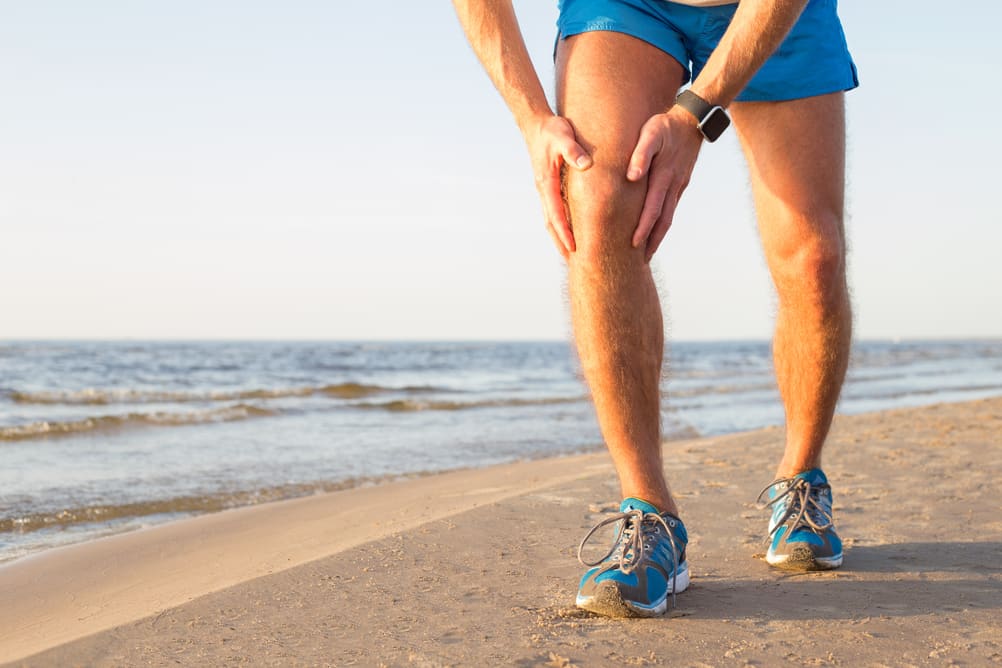Understanding Your Risk for an ACL Injury

Athletes who participate in high-impact sports put their bodies on the line every time they play. A torn anterior cruciate ligament (ACL) is among the most common injuries athletes sustain. Use this information from the American Orthopaedic Society for Sports Medicine to help you understand your risks so you can take preventative measures to stay injury-free.
Why ACL Injuries Occur
Every year in the United States, ACL injuries force about 150,000 athletes to the sidelines. Most ACL injuries are non-contact in nature, often caused when the athlete lands flat-footed with an almost straight knee, the leg placed in front or to the side of the torso. Research suggests that both internal and external factors contribute to ACL injuries:
- External factors disrupt the athlete’s coordination right before landing or decelerating. Examples include being bumped by another player, landing on uneven ground, or wearing the wrong shoes.
- Internal factors put a player at an inherently greater risk for ACL injuries. Examples include anatomy, hamstring flexibility, hormones, and variations in the muscles and nerves surrounding the knee.
Risk Factors for Tearing Your ACL
Some people can play high-risk sports for decades and never tear their ACL. Others suffer a season-ending injury in their very first game. The following risk factors are largely to blame for this disparity:
- Gender: Female basketball and soccer players are two to eight times more likely to tear their ACL than men playing the same sport. This is due to anatomical differences, nerve and muscle factors, hormonal variations, and biomechanical deviations.
- Ethnicity: European-American athletes have a higher risk of ACL injuries than Hispanic, Asian, or African-American players.
- Environment: Even someone not prone to ACL injury may be injured if the conditions are just right. Playing on wet grass, wearing improper shoes, and playing year-round are all environmental factors that increase the risk of an ACL injury.
- Sport: According to the University of Vermont Medical Center, rugby and soccer are the two sports that cause the most knee injuries.
Ways to Prevent a Torn ACL
While there is no surefire way to prevent sports injuries, these preventative measures may reduce your risk of non-contact ACL tears:
- Plyometrics: Rapid, powerful movements aim to strengthen muscles by repeatedly lengthening and shortening them. One example is jumping off a step stool, landing on the floor, and immediately jumping again.
- Strengthening and stability exercises: Hopping on one leg is a good way to strengthen and stabilize the knee.
- Balance training: Examples of this include standing on a balance board or throwing a ball back and forth with a partner while standing on one leg.
- Chiropractic care for athletes: The services available at Effective Integrative Healthcare help improve coordination, range of motion, and spatial awareness. Our treatments are well-rounded and varied, capable of both treating and preventing torn ACLs and other sports injuries that could threaten your athletic career.
To request a free consultation for sports injury treatment in the Crofton area, please contact us.
